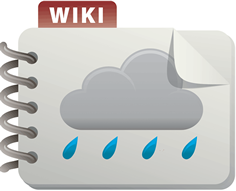
Error
One revision of this difference (19079) was not found.
This is usually caused by following an outdated diff link to a page that has been deleted. Details can be found in the deletion log.

One revision of this difference (19079) was not found.
This is usually caused by following an outdated diff link to a page that has been deleted. Details can be found in the deletion log.